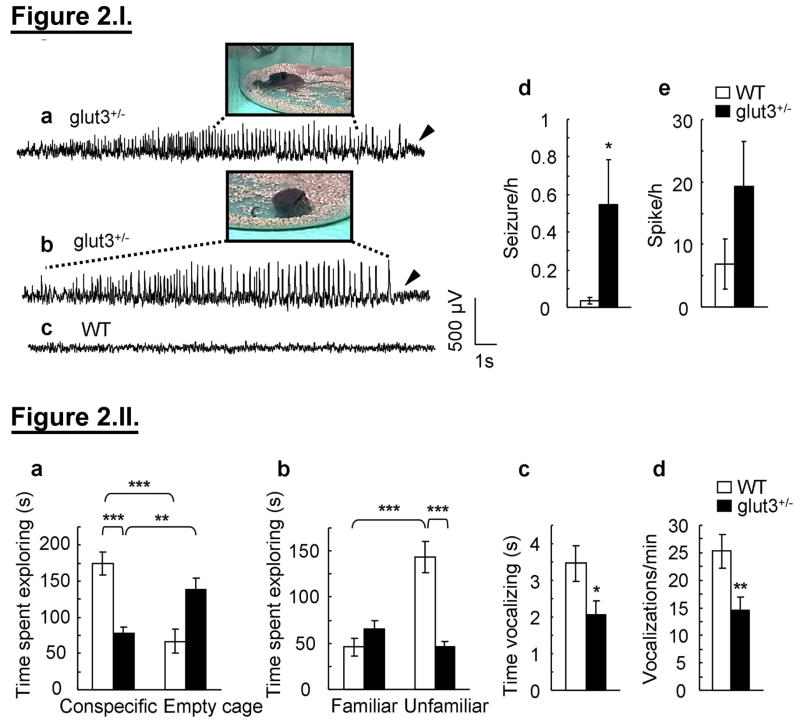Figure 2. I. Extended video-EEG monitoring.
a–c. Epileptiform activity accompanied by distinct behavioral phenotypes in glut3+/− mice is shown. a. Periodic seizures were seen with exploratory behavior that progressed into tonic extension of forelimb and tail (inset) followed by post-ictal depression (arrowhead). b. Prolonged recordings reveal distinct epileptiform activity with no clear motor component. The dashed lines encompass the segment of recording that corresponds to the behavior shown. The horizontal scale bar is 1 s for the tracings, and 4 cm for the insets. c. A representative baseline tracing consisting of alpha slow waves in WT mice is shown. d–e. EEG seizures (>6 s) (d) and spikes (<6 s) (e) per hour were quantified in WT (n = 19) and glut3+/− (n = 16) mice; unpaired t-test, *p<0.05. II. a–d. Glut3 deficiency led to impaired social interaction and reduced separation calls. a. WT mice (n = 18) spent significantly more time exploring a conspecific than an empty cage in a social choice paradigm (two-way repeated-measures ANOVA with genotype as between-subjects factor and compartment as within-subjects factor, genotype x compartment interaction: F (1, 40) = 30.312, p < 0.001; Tukey post-hoc analysis: WT-conspecific vs. WT-empty cage: ***p < 0.001). Glut3+/− mice (n = 24), in contrast, spent more time exploring the empty cage than they spent interacting with the conspecific (**Tukey post-hoc analysis, p = 0.004). Moreover, glut3+/− mice spent significantly less time exploring the conspecific than WT controls (Tukey post-hoc analysis, ***p < 0.001), and therefore lacked normal levels of social exploration. b. Glut3+/− mice failed to show preference for the novel mouse in a social recognition task (two-way repeated-measures ANOVA, genotype x compartment interaction: F (1, 40) = 45.41, p < 0.001; Tukey post-hoc analyses: time spent exploring familiar mouse vs. novel mouse; WT: n = 18, ***p < 0.001; glut3+/−: n = 24, p = 0.106; time spent exploring unfamiliar mouse, WT vs. glut3+/−: ***p < 0.001). c–d. Ultrasonic vocalization (UV) testing (WT n = 38 mice, glut3+/− n = 35 mice) revealed diminished time spent in vocalizations (c) (two-way repeated-measures ANOVA with genotype as between-subjects factor and time point as within-subjects factor, effect of genotype: F(1, 71) = 4.88, *p = 0.03) and a diminished number of vocalizations/min (d) (two-way repeated-measures ANOVA with genotype as between-subjects factor and time point as within-subjects factor, effect of genotype: F(1, 71) = 7.558, **p = 0.008) in the glut3+/− vs. WT mice.

